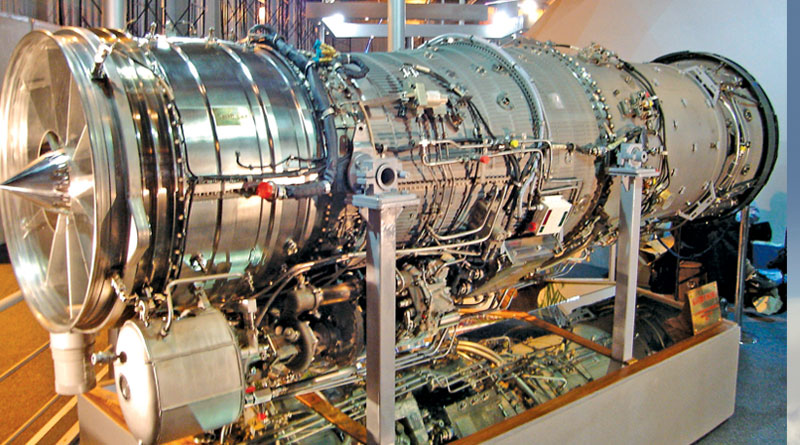The Kaveri engine is an ambitious indigenous jet engine development project by India’s Gas Turbine Research Establishment (GTRE) under DRDO. It was originally intended to power India’s LCA Tejas fighter aircraft.
Originally initiated in the 1980s to power the indigenous Light Combat Aircraft (LCA) Tejas, the Kaveri engine is a low-bypass, twin-spool turbofan designed to deliver 80 kilonewtons (kN) of thrust.

Despite its ambitious goals, the project faced multiple challenges, including:
Technical hurdles in aerothermal dynamics and metallurgy, areas where India had limited prior experience.
Sanctions following India's 1998 nuclear tests, restricting access to critical materials like single-crystal turbine blades.
Infrastructure limitations, necessitating reliance on foreign facilities for high-altitude testing.
Manpower shortages in advanced aerospace engineering.
Failed collaborations, notably with French firm Snecma, which was expected to transfer key engine technologies.
These issues led to the engine being delinked from the Tejas program in 2008, as it couldn't meet the required performance thresholds.
Despite past setbacks, the Kaveri engine is finding new applications:
Unmanned Combat Aerial Vehicles (UCAVs): A derivative of the Kaveri engine is undergoing final testing in Russia, with approximately 25 hours of trials remaining. This version is intended to power India's upcoming stealth UCAVs, enhancing capabilities in long-range missions and reducing pilot risk.
Naval Applications: The Indian Navy is developing the Kaveri Marine Gas Turbine (KMGT), a maritime variant designed to power smaller warships. Modifications include a shaft mechanism to drive marine propellers, with extensive testing already conducted.
The resurgence of the Kaveri project has sparked public interest, leading to the trending hashtag #FundKaveriEngine on social media platforms. Citizens and defense experts are urging the government to prioritize and allocate sufficient funding to accelerate the engine's development, viewing it as crucial for national security and technological autonomy.
The successful integration of the Kaveri engine into various platforms signifies a strategic shift towards indigenous defense capabilities, reducing reliance on foreign technology and bolstering India's position in aerospace innovation.
Comments
Write Comment